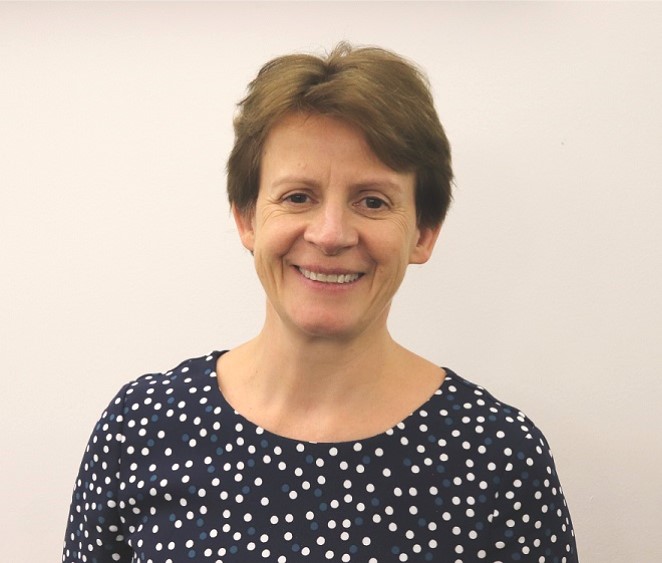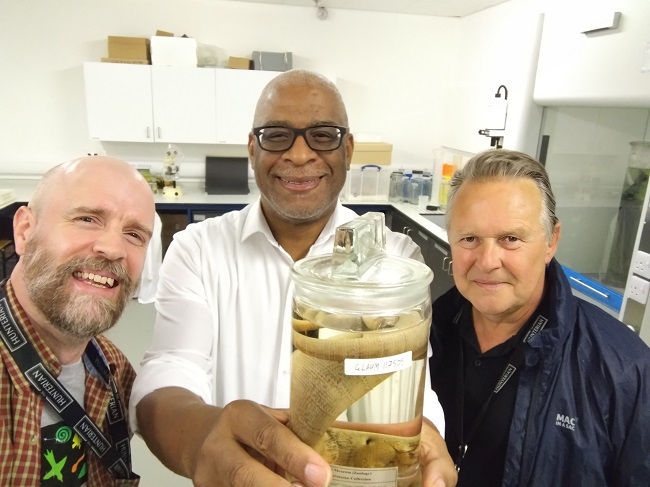Responding to the latest urgent and emergency care survey published that was published by the CQC, Dr Katherine Henderson, President of the Royal College of Emergency Medicine, said: “The survey is welcome as it provides an invaluable insight into the patient experience and confirms that Emergency Departments are doing an incredible job in difficult circumstances.
“We are appreciative of patients engaging and providing this feedback in the middle of the pandemic in September 2020. Managing to continue these core assurance processes is a challenge but continues to be very important.
“It is encouraging to see improvements in many areas compared to previous years. It is particularly pleasing to see one-third of patients using type 1 services rate their experiences 10 out of 10, and also that 94% of patients had confidence and trust in the doctors and nurses examining and treating them. This is a testament to the dedication, commitment, expertise, and compassion of Emergency Medicine staff.
“While there are many positives to highlight in this report, understandably there are some areas for improvement. Many of the areas that are a source of frustration for patients are largely a result of staff shortages and the existing workforce’s ability to dedicate ample time to each patient.
“It is important that patients have the opportunity to talk through their treatment or condition, that all patients receive the help they need when they need it whether before, after or during their care, and that their pain or condition is managed throughout their time in A&E.
“The current challenges facing the health service are no doubt affecting clinicians’ ability to deliver the highest quality of care that they strive to provide. Current workforce numbers do not match current demand, and workforce shortages crossed with increases in demand mean existing staff are stretched thinly.
“To meet current demand the workforce needs 2,500 more consultants in England along with sufficient numbers of nurses, trainees, allied health professionals and SAS doctors.”
Dr Katherine Henderson continued: “It is interesting to see that 41% of patients contacted NHS 111 before going to A&E and 32% contacted their GP before going to A&E.
“This highlights the importance of NHS 111 as a resource for patients. It is absolutely essential that the efficacy of NHS 111 is properly evaluated so we can learn how best to resource it and wider services. Call handlers must have the tools they need to provide sound guidance to patients, and they must have an adequate range of services and pathways to which they can direct patients.
“It is also significant that 32% of patients also contact their GP before going to A&E. This highlights the crucial link between primary and urgent and emergency care and makes clear that both are under-resourced. Plans to tackle the challenges facing urgent and emergency care must include a joined-up approach that include ways of supporting and resourcing primary care.”


















